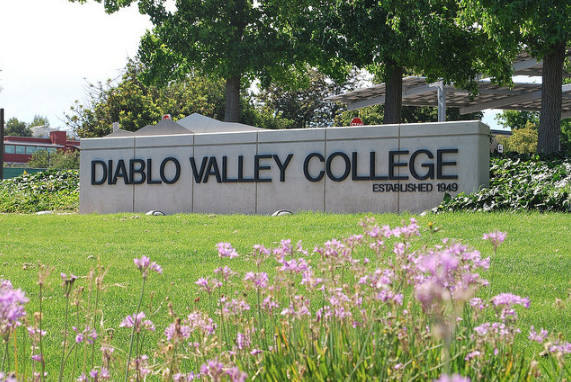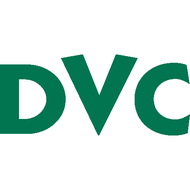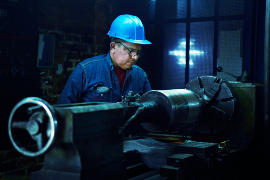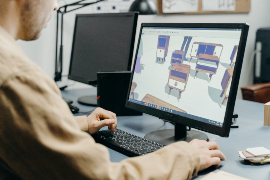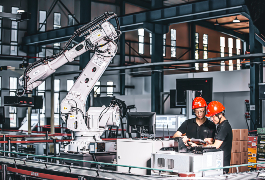Associate in Science in Machining for Mechanical Engineering Technology (Associates)
迪布罗谷学院
加利福尼亚州普莱森特希尔
The associate of science degree in machining for mechanical engineering technology is offered to prepare students with the required aptitude and skills to enter the workforce as entry-level machinists, tool and die makers, or mold makers. Students will be prepared for careers that are highly in demand for aerospace, medical, electronic, high tech, and automotive and transport industries. Graduates of this program will be well equipped to continue their career advancement as engineers, product developers, prototype/model builders, production machinist, or electro-mechanical maintenance and repair specialists.
Students completing this program will develop familiarity with lathes, mills, drill presses, and precision measuring. They will also be introduced to the concepts of computer numerical control (CNC) machines and 3D (additive) manufacturing processes, geometric dimension and tolerance (GD&T), and modern technical drawing (CAD) techniques.
The DVC machining for mechanical engineering technology major is not intended for transfer. Option 1 (DVC General Education) is advised for students who do not intend to transfer. Students who intend to transfer to a four-year baccalaureate program should consult with a counselor regarding specific major preparation requirements at the transfer institution of their choice. Students who intend to transfer are advised to select General Education Option 2 (IGETC) or Option 3 (CSU GE).
Students must complete each of the courses required for the major with a “C” grade or higher. Students may not take a pass/no pass option for major courses. Certain courses may satisfy both major and general education requirements; however, the units are only counted once.
完成该课程的学生将能够...
- read the drawing for an object and visualize the geometry.
- choose the correct manufacturing method for the object.
- manufacture an object from a given drawing using machine tools.
- use algebra, spreadsheets and measurement data to produce QC statistics.
- verify that products meet the design criteria.
- design and prototype mechanical parts under the supervision of engineers.
- use computer integrated manufacturing (CIM) and computer numerical control (CNC) software for automation of manufacturing



